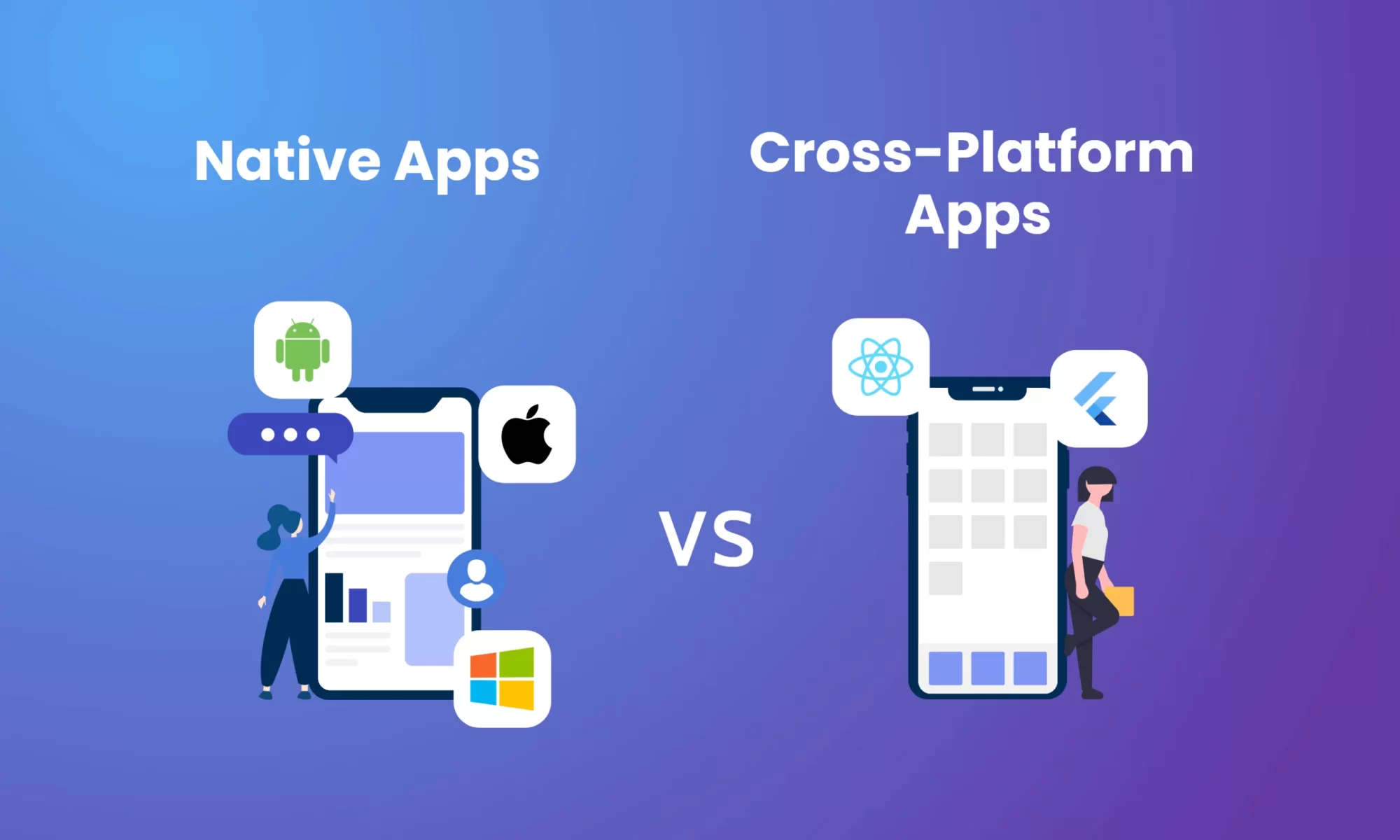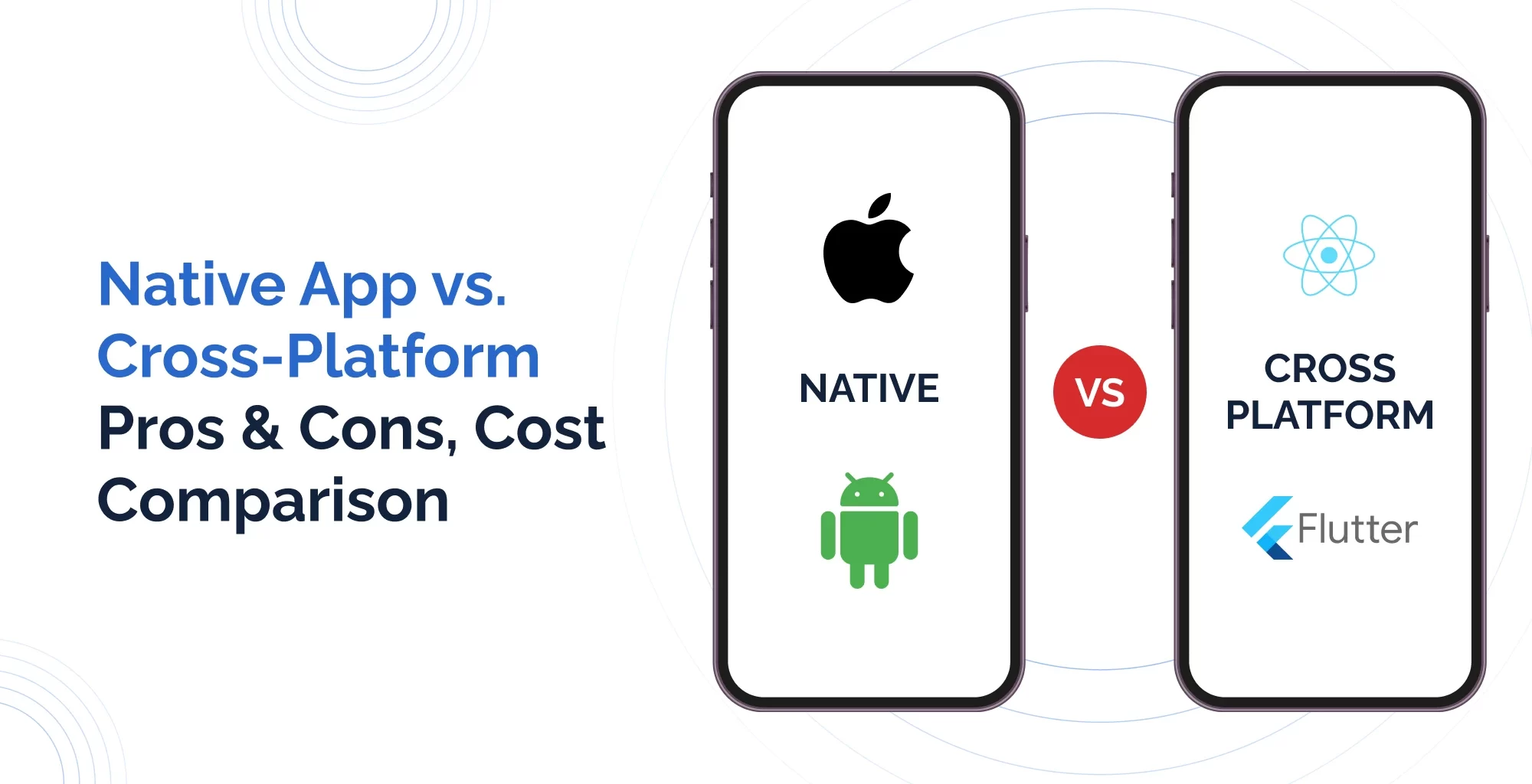Alright, let’s get real about finding an app development company in Mumbai. You’re probably bombarded with jargon and promises, but the whole “cross-platform vs native” thing? That’s the real fork in the road for your app dreams. Make the wrong call, and you’re staring at an expensive flop. Fun, right?
So, what’s the actual deal? Everyone wants an app that’s snappy, looks slick, and doesn’t crash every ten minutes. And in Mumbai, where everyone’s hustling harder than the local trains, your app better keep up or it’s toast.
Native Apps – The VIP Treatment
Native apps are like having a custom-tailored suit. Built just for iOS or Android. If you’ve got big plans—think fancy features, buttery-smooth performance, or anything that needs the phone’s guts (camera, GPS, the whole shebang)—native is your jam. Yeah, it’ll cost more and take longer, but you get primo performance. Pros? Lightning-fast, rock-solid reliability, and you can poke around every corner of the device. Cons? Double the work (and money) if you want both platforms. Ouch.
Cross-Platform – The Quick & Dirty (But Surprisingly Good)
Cross-platform is the “one ring to rule them all” approach. Build it once, run it everywhere: iOS, Android, maybe even that ancient BlackBerry your uncle still uses. Stuff like Flutter and React Native is the rage for this. Pros? Faster to build, way cheaper, and you only have to fix bugs in one place. Okay, so maybe it’s not as zippy as native, and sometimes you can’t use every gadget on the phone. But for most startups or anyone trying to launch fast on a budget—this is your golden ticket.
Which One? Depends If You Want to Be a Ferrari or a Fast Food Joint
If your app’s all about speed, security, or heavy-duty stuff (fintech, games, AR)—go native or go home. If you just need to get your store online, toss up some content, or test an idea? Cross-platform gets you there without emptying your wallet.
Why Bother with a Mumbai Agency?
Honestly, you could pick some random folks from the internet, but Mumbai agencies know the local ropes. They’ll tweak your app for your crowd, hold your hand through tech choices, and won’t ghost you after launch. Plus, they get the “Mumbai speed”—so you’re not left behind by the competition.
Quick Recap (because who reads the whole thing anyway):
Native = high performance, higher cost, longer wait.
Cross-platform = get to market quicker, save cash, good enough for most stuff.
Either way, pick what fits your business and your wallet. And if you really want to sleep at night, get a team in Mumbai that knows their stuff. At the end of the day, your app should work, look fly, and scale up as your business takes off. Don’t cheap out on this—your audience will notice.
Bottom line: Build smart, launch fast, and don’t let your app be another digital ghost town.




